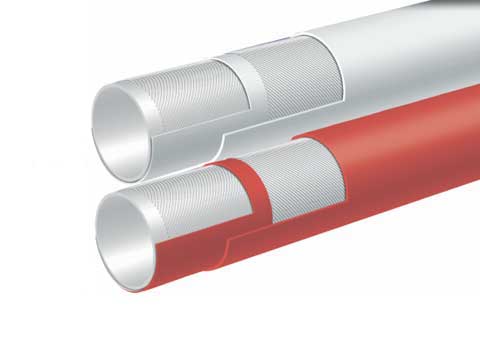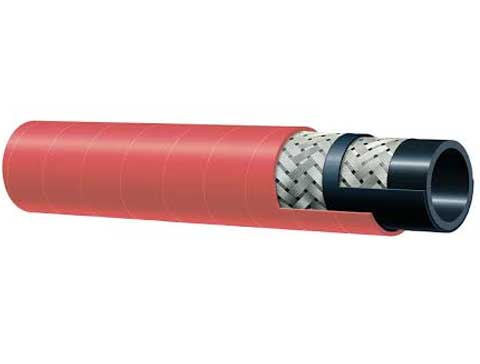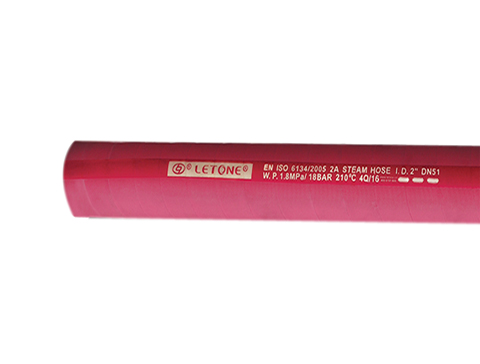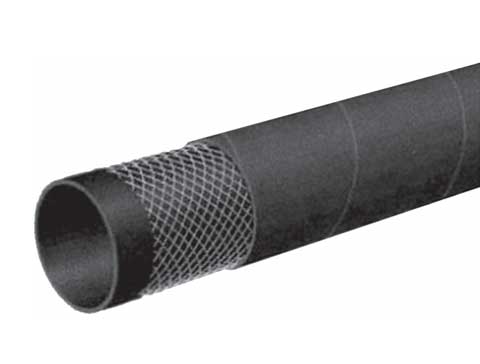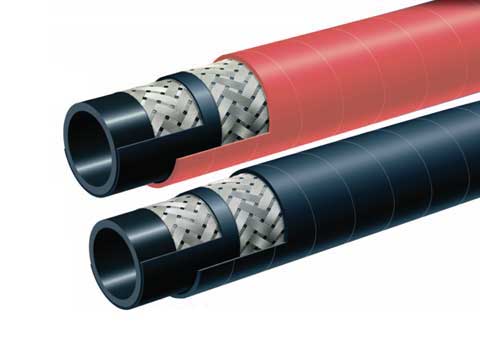These couplings connect hoses and tools. These couplings are available with a female thread, or a plug. They are often color-coded to indicate the type of connection.
The industry has a standard color-coding scheme that makes it easier to identify the style of fitting you need. For example, industrial tools use red fittings while automotive tools use blue. These fittings also come with a swivel point that helps prevent hose whip.
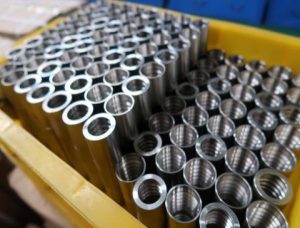
air hose fittings standard
A high-quality fitting for air hoses is essential to the performance of your pneumatic tools and compressor. Depending on the quality, they may be able to resist damage from abrasion and strain. For best results, opt for brass models that are durable and resistant to corrosion. They also have a better ability to handle air pressure.
An industrial-level model, this connector features a swiveling joint that prevents kinks and enhances air flow. It is made from sturdy brass and has a quick-fit system to allow for easy installation. Its sturdy design allows it to resist abrasion and corrosion, as well as hold up to 213 pounds per square inch of pressure.
Air hose fittings come in various types and sizes, but the most common size is 1/8" NPT. They are also color-coded to help you determine their type and style. Red fittings, for example, are intended for industrial use, while blue fittings, for automotive purposes.
You can't use an air compressor or a handheld tool with a leaking hose fitting. Even a small leak can drastically reduce the efficiency of your tools and cause costly repairs down the road. Use Teflon tape to seal the seal.
How to maintain an air hose
Regularly inspect your air hose if you want it to last for many years. The hose should be free of cracks and splits, and the connections should be tight. Keep it away from heat and excessive flexing.
If the hose is damaged, it's best to replace it before the damage becomes irreparable. Consider using a hose rewinder to prevent flexible hoses being dragged along the ground. This will keep workers safe and reduce premature wear. You should check the hose every week for leaks and ensure that it's positioned to prevent kinking. A box knife can be used to cut away any broken sections.
To attach the hose, pull back the collar. Then push the male end into the female coupler of your compressor. To prevent leaks, it is a good idea then to wrap the threaded part of the hose in Teflon tape. Use the correct size hose to match the tool that you are using. Different tools require different pressure levels. For example, staplers and nailers require a small burst of air every now and then while pneumatic ratchets require sustained airflow. Avoid connecting more than one hose to the compressor as this can lead to voltage dropouts.
how to choose an air hose
It is important to choose the right air hose when choosing a power tool. This will ensure a tighter connection, stable pressure and dependable power output. When choosing an air hose, the main factors to take into consideration are its length, material, and internal diameter.
Decide on the length of the air hose you need before choosing it. This will depend on how much movement is required for the job. For example, someone working in a workshop will need a longer hose than someone who works on construction sites.
Next, choose a hose with the correct fitting type and size for your compressor and air tool(s). Male air hose couplings are threaded, and screw into female air fittings. These are available in BSPT or NPT sizes. These are used in quieter fixed settings. Female air hose fittings are smooth and easy to connect. They are commonly found on air hoses with a barbed connector attached to the end of the hose.
The last factor is the hose material. You can choose from a variety materials, including rubber, technopolymer, polyurethane and polyurethane. Each material has its own advantages and benefits. Rubber and polyurethane hoses are flexible while polyamides and technopolymers can withstand high temperatures and pressures. Some hoses have an internal safety device. This prevents compressed air from escaping the hose in the event of a rupture and can reduce damage to equipment or injury to workers.

